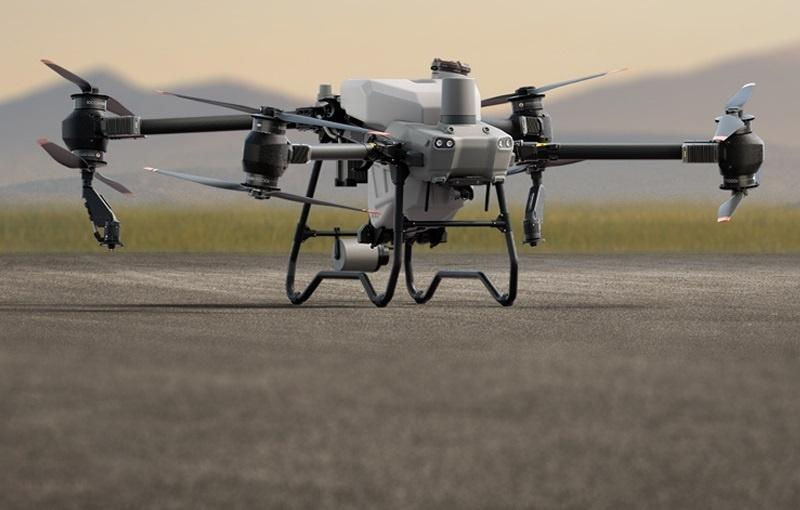AI, Drones, and the Future of Farming: Revolutionizing Plant Disease Detection and Food Security
- Parivash Sarani
- Apr 19
- 3 min read
As global food security faces growing threats from plant diseases, AI-powered drones and machine learning models are emerging as powerful tools for early detection. These technologies offer scalable, efficient, and accurate solutions that can transform modern agriculture.
Why AI and Drones Are the Future of Plant Disease Detection
With the global population expected to reach 10.3 billion by 2100, the pressure on food systems is greater than ever. Each year, plant pests and diseases are responsible for the loss of up to 40% of global crop production, costing the world economy around $220 billion, according to the Food and Agriculture Organization (FAO).
Countries that rely heavily on food imports—like the UAE—are particularly vulnerable to disruptions caused by plant diseases. Advancing detection methods is essential to strengthening food security and building agricultural resilience.
Limitations of Traditional Methods
Conventional methods for detecting plant diseases rely on:
Visual inspections by farmers or experts
Light reflectance analysis between healthy and infected plants
Molecular techniques to detect pathogens in plant tissue
While effective in some cases, these approaches are often time-consuming, expensive, and labor-intensive. There is a clear need for faster, more accessible, and more scalable solutions.
Machine Learning and AI: Smarter Detection Tools
Recent research from the Technology Innovation Institute’s Autonomous Robotics Research Center and the University of Sharjah highlights the power of image-based plant disease detection using AI—especially deep learning.
Convolutional Neural Networks (CNNs) can accurately analyze images of leaves, fruits, or stems to identify disease patterns based on color, texture, and shape. Some systems combine CNNs with other techniques like Random Forest and HOG (Histogram of Oriented Gradients) to improve performance.
However, CNNs require large, labeled datasets, which are not always available in agricultural settings.

The Rise of Vision Transformers (ViTs)
Vision Transformers (ViTs), originally designed for natural language processing, are now showing even greater potential for plant disease detection. Unlike CNNs that focus on local features, ViTs examine entire images as sequences of patches, identifying global patterns.
ViTs are:
Highly accurate
Scalable to large datasets
More transparent in how they make decisions
Hybrid models, combining CNNs and ViTs, have demonstrated exceptional accuracy. One such model, CropViT, achieved an impressive 98.64% accuracy in plant disease classification.
AI-Powered Drones for Real-Time Monitoring
To support large-scale, real-time monitoring, drones equipped with AI cameras can capture high-resolution images and analyze them instantly. These drones reduce the need for manual field inspections, speed up disease response, and support more efficient farm management.
From Research to Real-World Application
Despite the promise of AI, some challenges still remain:
Most AI models are trained in controlled environments and may not perform well in real-world conditions like changing light, weather, or soil.
Limited datasets mean that AI may not generalize well across different crops or regions.
For these tools to be reliable and widely adopted, they must be trained on diverse datasets that represent different species, diseases, and environmental conditions. Collaboration is essential—between researchers, agritech companies, and policymakers—to create standardized datasets, improve model performance, and scale implementation.
Conclusion
AI-driven plant disease detection, combined with drone technology, has the potential to shift from promising rAI-driven plant disease detection, combined with drone technology, has the potential to shift from promising research to real-world impact. By overcoming current limitations and encouraging innovation, we can build more resilient food systems and help secure the future of global agriculture. Ultimately, AI and Drones Are the Future of Plant Disease Detection, offering scalable, efficient, and precise solutions to protect crops and ensure long-term food security.



Comments